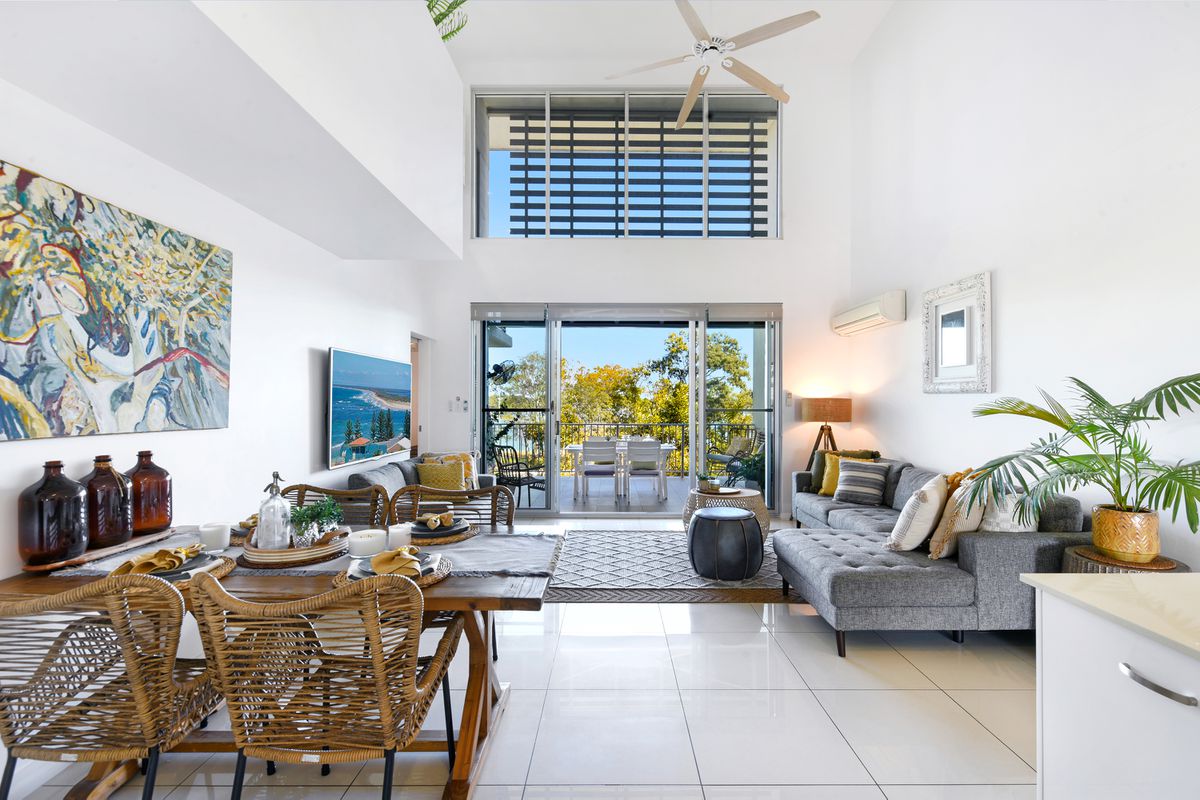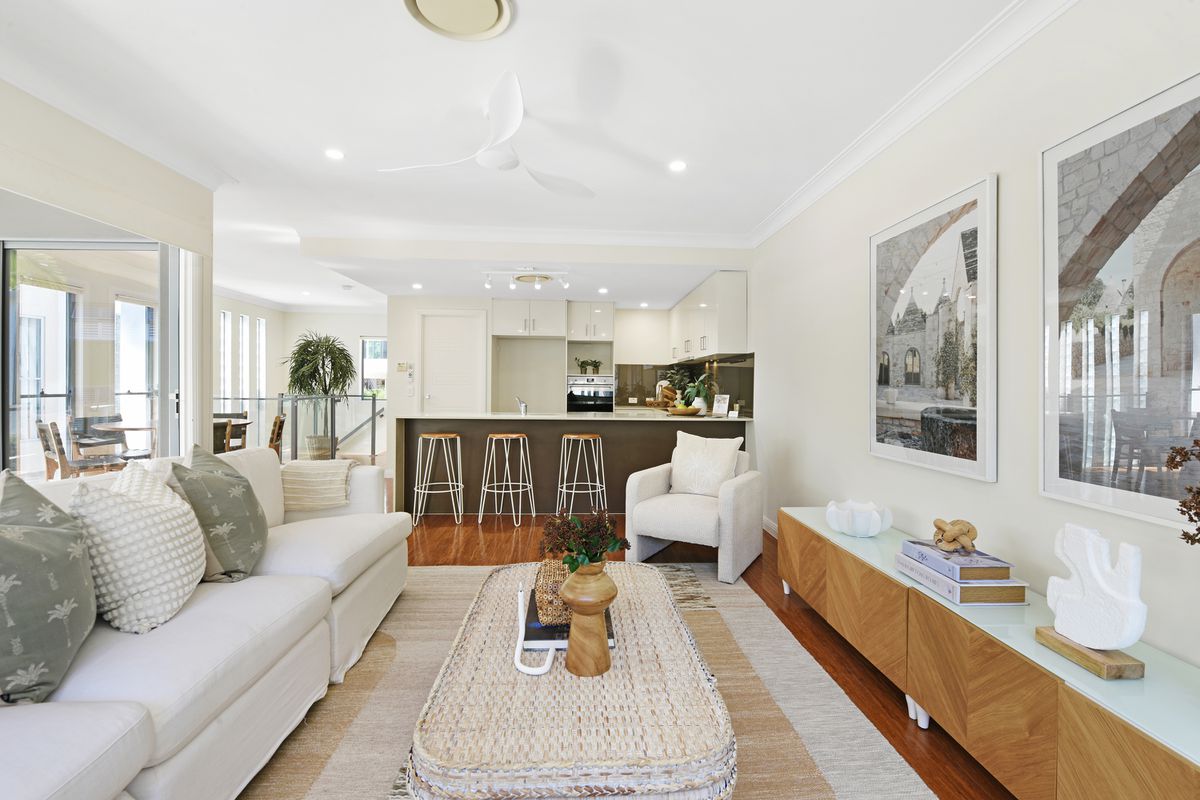The median dwelling value in Brisbane just overtook Melbourne.
In this article, CoreLogic Head of Research Eliza Owen analyses why Brisbane has surpassed Melbourne in the median dwelling value ranks.
Brisbane homes have seen extraordinary capital growth in the past few years, rising 50.2% since the onset of the pandemic in March 2020. The city’s appeal amid an increase in remote work helped fuel strong population growth, increasing housing demand, driving down supply and making it a seller’s market.
At the end of last year, Brisbane reached a new milestone. The city now has the third-highest median dwelling value among the capitals, behind Sydney and Canberra. In December, the Greater Brisbane median dwelling value was $787,000, surpassing Melbourne’s median value for the first time since July 2009 by around $7,000 (Figure 1).



So why has Brisbane surpassed Melbourne in the median dwelling value ranks?
Composition of housing stock
Despite recording a higher median dwelling value, Brisbane’s median house and unit values are still -$72,000 and -$49,000 below Melbourne’s medians respectively (Figure 2a). The reason for this is that Melbourne has a higher share of units as a portion of the dwelling market. CoreLogic estimates that units comprise 33.8% of Melbourne dwellings, compared to 25.6% of homes across Brisbane (Figure 2b). Because units are generally lower value than detached houses, a higher portion of units brings down the median dwelling across all houses and units.
In the near term, this compositional difference might rebalance a little. The latest building activity data from the ABS showed that as of June last year, there were 1.4 units under construction for every house in Victoria, compared to 1.6 units for every house across Queensland. This implies there could be a slightly higher concentration of unit stock to come across Brisbane.
Brisbane booms against mild Melbourne upswing
Since the onset of the pandemic in March 2020, Brisbane dwelling values rose 50.2% through to the end of last year. Over the same period Melbourne values rose just 11.0% (Figure 3), which was the weakest increase of any capital city market.
This disparity in growth has seen Brisbane’s median dwelling value rise from -$187,000 below Melbourne’s median in March 2020, to $7,000 higher in December last year.
The reason for such varied capital growth outcomes may be partly due to lifestyle factors, where the appeal of South East Queensland rose through the pandemic. The normalisation of remote work for many professionals made interstate migration to Queensland more feasible, while Melbourne’s extended lockdowns from March 2020 through to October 2021 may have prompted people to leave the city.
This is reflected in ABS migration data, which shows net interstate migration to Queensland hit a record high of 51,500 in the year to March 2022. In the same period, net interstate migration to Victoria was -20,000. Net internal migration to Victoria bottomed out at a loss of -35,600 people in the year to June 2021, and was still negative as of June last year. Value falls across Melbourne were also exacerbated by the loss of overseas migration through COVID, but net overseas migration turned positive in 2022. These trends can be seen in Figure 4, which shows rolling annual interstate and overseas migration by state.
While the most recent migration data is only available at a state-wide level, regional population data from the ABS showed that over the year to June 2022, Brisbane’s population grew by 2.3%, more than double the rate across Melbourne (1.1%). Overall, Melbourne still had a higher estimated resident population at 5,031,000, compared to 2,628,000 across Brisbane.



Outlook for market rankings
Brisbane was not the only city to ‘shift ranks’ in December, with the median dwelling value in Perth inching above the median Hobart dwelling value in the month. Adelaide also surpassed the Hobart median earlier in 2023, making Hobart the second-lowest median across the capitals.
However, these new rankings may be tested in the months ahead. Brisbane remains a seller’s market, but the pace of monthly growth in values has eased slightly, from 1.5% in October 2023 to 1.0% in December. As home values in the city continue to rise, there is less claim to Brisbane being relatively affordable, and some prospective interstate movers may decide to remain in their city. Recent weeks have also demonstrated there is some added risk to pockets of the Brisbane property market from extreme weather and flooding, which could impact demand in the near term.
Overall, the data reinforces the substantial impact that the pandemic has had on housing preferences, and shifting market dynamics.
** Article written by Eliza Owen, Head of Residential Research Australia, Corelogic




